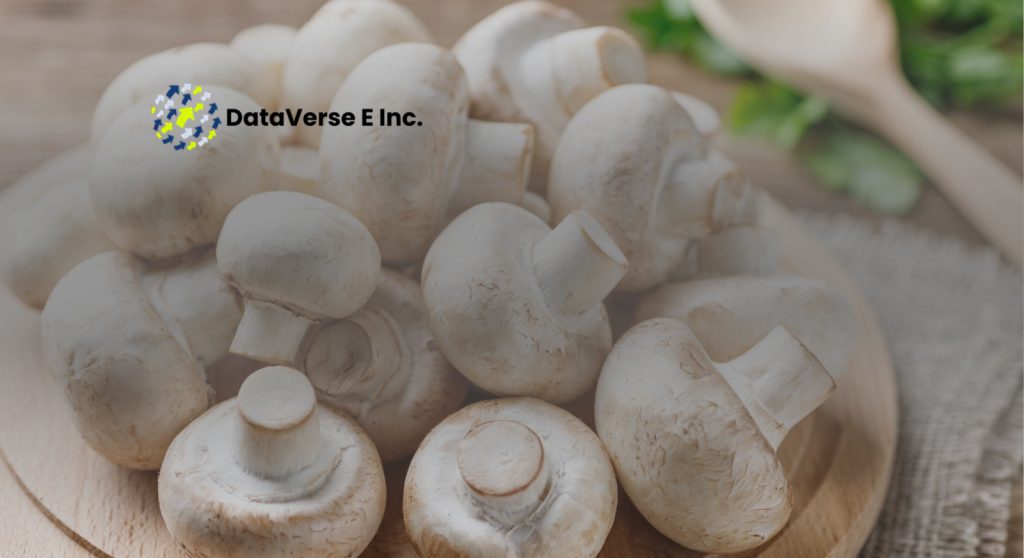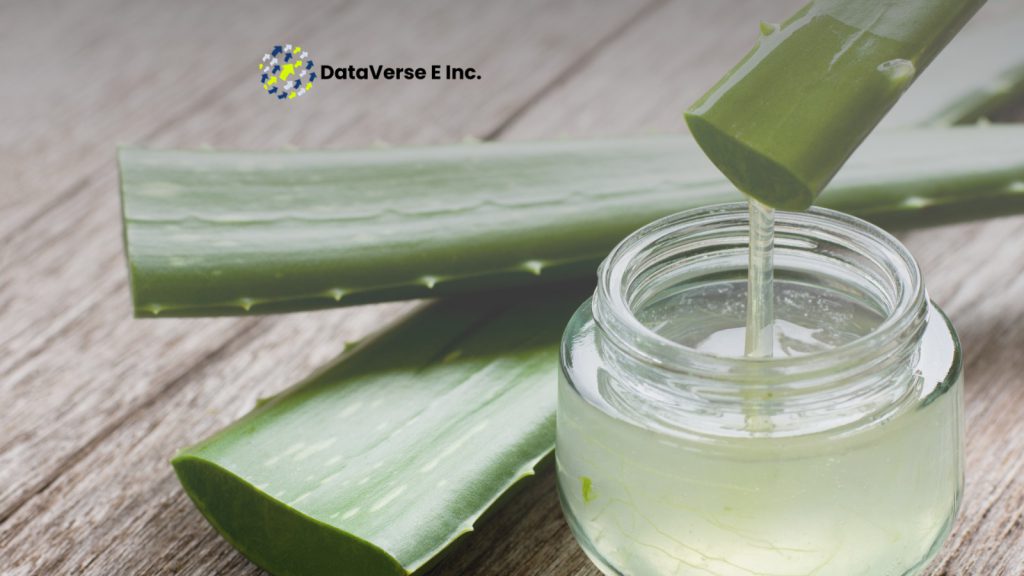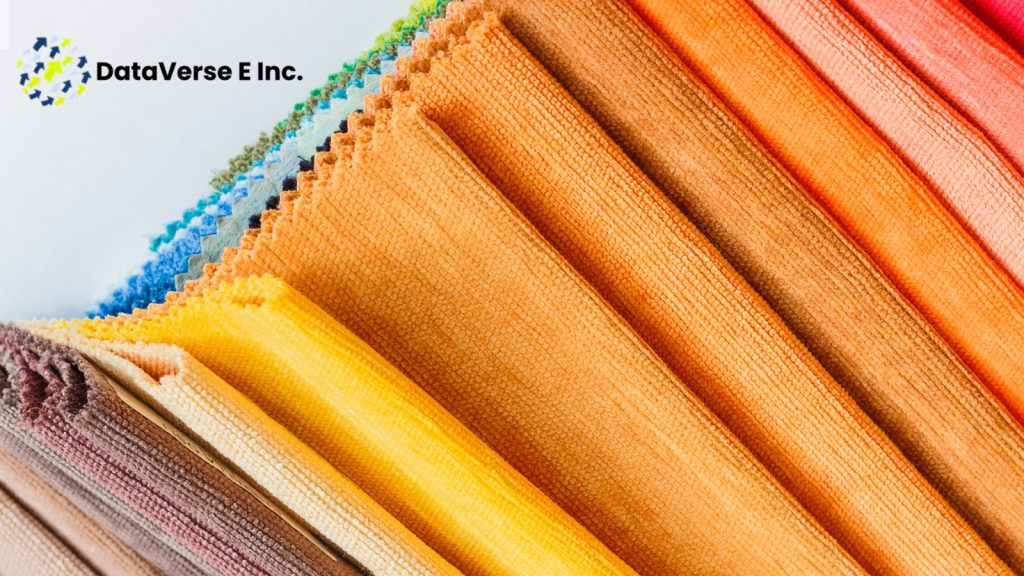The Indian leather industry has been a cornerstone of the country’s export sector, contributing significantly to foreign exchange earnings and employment. As one of the largest producers and exporters of leather and leather products, India has carved out a strong presence in global trade. Supported by robust infrastructure, a skilled workforce, and access to raw materials, the sector continues to evolve with rising global demand for sustainable products. For businesses, a global import export data provider like Dataversee Inc. makes it possible to track shipments, identify opportunities, and analyze trends in this dynamic industry.
India’s Leather Export Performance
According to official import export data, India’s leather and leather products exports stood at USD 4.42 billion in FY 2023–24. This marked a recovery compared to previous years, driven by strong demand from Europe, North America, and parts of Asia. Footwear accounted for nearly half of the exports, while leather goods and finished leather formed other major categories.
The year highlighted India’s competitive advantage in quality craftsmanship, cost-effective production, and growing compliance with international environmental and labor standards.
Top Leather Product Exports
India exports a diverse range of leather goods, but certain product categories dominate the market:
- Footwear (leather and non-leather): Nearly 50% of total exports.
- Finished Leather: Widely used by luxury brands and global manufacturers.
- Leather Garments: Supplying both high-street fashion and premium buyers.
- Leather Goods & Accessories: Wallets, handbags, and belts remain high-demand items.
- Saddlery and Harnesses: A niche but steady segment with loyal buyers.
A reliable import export data provider can further break down these categories by HS code, giving businesses detailed shipment-level insights.
Top 5 Importing Countries
India’s leather exports reach more than 100 countries, but five stand out as leading destinations:
- United States – Major buyer of footwear and accessories.
- Germany – A hub for high-quality leather goods.
- Italy – Key market for finished leather for luxury manufacturing.
- United Kingdom – Consistent importer of garments and accessories.
- China – Significant buyer of raw and semi-processed leather.
These five markets account for more than 60% of India’s leather exports, according to official import export data.
Top 5 Buyers and Suppliers
The global leather trade involves a network of major buyers and suppliers. Data from a global import export data provider shows that India’s top buyers include luxury fashion brands, international retailers, and wholesalers based in the US and Europe. On the supply side, India competes with major producers like China, Vietnam, Italy, Brazil, and Bangladesh, which also hold large market shares in global exports.
Top Export and Import Companies in India
Several Indian companies dominate the export landscape with a proven track record in international markets:
- Farida Group – Footwear and finished leather.
- Superhouse Ltd. – Footwear and leather goods.
- Mirza International – Global footwear supplier under the brand “Red Tape.”
- KH Group – Footwear, accessories, and finished leather.
- AV Thomas Leather – Known for premium finished leather.
On the import side, India sources chemicals, machinery, and certain specialized leathers, with companies like Bata India and Relaxo Footwears also importing raw materials for production.
Global Trade Issues Affecting the Leather Industry
Like many industries, leather faces its share of global trade challenges:
- Sustainability pressures: Buyers demand eco-friendly tanning and ethical sourcing.
- Geopolitical tensions: Trade disruptions due to tariffs and sanctions.
- Competition: Rising competition from synthetic and vegan leather alternatives.
- Logistics challenges: Shipping delays and rising freight costs.
- Regulatory compliance: Countries tightening import standards.
Here, a search live data with global import export data provider helps companies anticipate risks by analyzing shipment trends and policy changes.
HSN Codes for Leather Products
In global trade, HS/HSN codes play a crucial role in classification. Common HSN codes for leather exports from India include:
- 4107 – Leather further prepared after tanning/crusting.
- 4202 – Trunks, suitcases, handbags, and similar containers.
- 4203 – Articles of apparel and clothing accessories of leather.
- 6403 – Footwear with outer soles of leather.
- 6406 – Parts of footwear, including uppers and soles.
By tracking import export data at the HS code level, exporters can monitor demand shifts across countries and products.
Government Policy Updates
The Indian government has made important regulatory changes that directly impact leather exporters:
- Port Restrictions Lifted: In 2025, the government removed port restrictions on leather exports, allowing shipments through all major ports. This move reduced logistics bottlenecks and boosted export efficiency.
- Import Checks on Cabinet Hinges: At the same time, import checks were levied on cabinet hinges. While unrelated to leather, this reflects India’s broader trade policy to balance imports and safeguard domestic industries.
These changes highlight the importance of staying updated through an import export data provider, which tracks regulatory updates alongside trade flows.
Conclusion
India’s leather export industry is on an upward trajectory, fueled by global demand, supportive policies, and the sector’s adaptability to changing market needs. For businesses aiming to explore opportunities in this sector, leveraging accurate import export data is essential. A reliable global import export data provider like Dataversee Inc. enables exporters, buyers, and analysts to monitor shipments, identify top trading partners, and plan strategically.
As India steps into 2025 with renewed momentum, its leather sector is expected to remain one of the world’s most competitive and resilient export industries.






No comment yet, add your voice below!